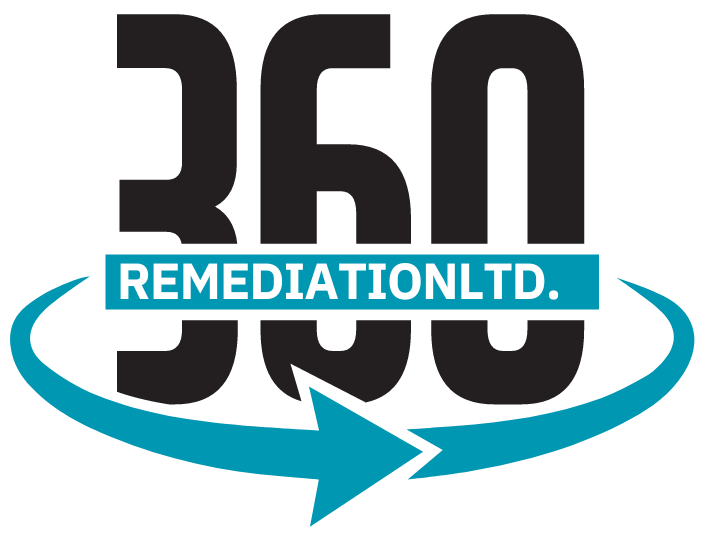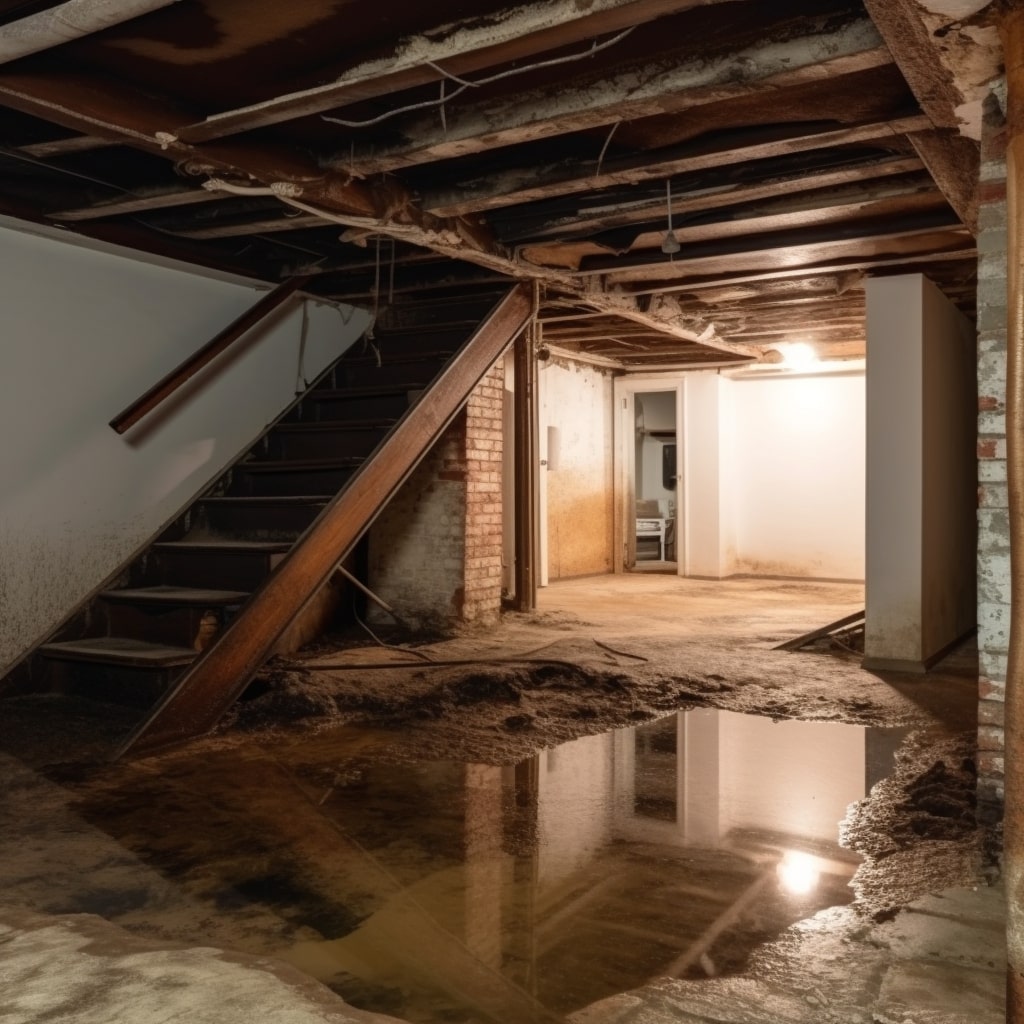Water damage can be a distressing and disruptive experience for any homeowner. Whether caused by a burst pipe, flooding, or a leaking roof, it is essential to act swiftly and effectively to mitigate the damage and restore your home. In this blog post, we will share essential tips to help you handle water damage efficiently, safeguard your property, and minimize the long-term impact.
Assessing the Water Damage
The first step in managing water damage is to assess the extent of the problem. Begin by identifying the affected areas and determining the source of the water intrusion. Inspect walls, floors, and ceilings for visible signs of water stains, discoloration, or mold growth. Assess the severity of the damage and categorize it as clean water, gray water, or black water, depending on the level of contamination. This initial assessment will help you prioritize your actions and decide whether professional assistance is necessary.
Testing for asbestos is also an important process that must be carried out in homes built prior to 1995. This is because asbestos was commonly used in building materials before that time, and exposure to this harmful substance can lead to serious health problems. Asbestos can be found in a range of materials including drywall compound, ceiling textures, ceiling tiles, Lino’s, floor tiles, and more. Testing for asbestos involves taking samples of the suspected materials and having them analyzed. If asbestos is found, it must be removed by a licensed asbestos abatement professional to ensure the safety of the occupants. It is important to take this step seriously to protect the health of everyone who lives in or uses the home. 360 Remediation provides services that deal with asbestos.
Mitigation and Temporary Measures
Once you have assessed the water damage, it’s crucial to take immediate steps to mitigate further damage. Start by stopping the water source if possible. If it is safe to do so, turn off the main water supply or address the specific issue causing the water intrusion. Next, remove standing water using pumps, wet vacuums, or mops. Promptly dry out affected areas using dehumidifiers, and fans to improve air circulation. Additionally, salvage any valuable items and move them to a dry and safe location.
Calling the Professionals
While you can take initial mitigation measures, it is recommended to seek professional assistance for comprehensive water damage restoration. Trained experts, like 360 Remediation, have the knowledge, experience, and specialized equipment to handle the restoration process efficiently. They can thoroughly assess the damage, implement advanced drying techniques, and address potential mold growth. Hiring professionals ensures that all aspects of the restoration process are handled expertly, minimizing the risk of further complications.
Documenting the Damage
To support your insurance claim and accurately assess the extent of the damage, document the affected areas and belongings. Take photographs or videos of the water damage, including structural elements, furniture, electronics, and personal items. Keep detailed records of all communication with your insurance company and restoration professionals. These records will help ensure a smoother claims process and facilitate a more accurate restoration assessment.
Restoration and Repair
The restoration process involves more than just drying out the affected areas. It includes addressing underlying issues, such as mold growth and structural damage. Professionals will employ advanced techniques to remove excess moisture, thoroughly disinfect the affected areas, and restore your property to its pre-damage condition. This may involve repairing or replacing damaged materials, including drywall, flooring, and insulation. By entrusting the restoration to experts, you can have peace of mind knowing that the necessary repairs are handled with precision and care.
Preventing Future Water Damage
Once your home is restored, take preventive measures to avoid future water damage incidents. Regularly inspect your plumbing system, roof, and gutters for leaks, cracks, or signs of wear. Maintain proper drainage around your property and ensure downspouts are directed away from the foundation. Consider installing a sump pump in your basement and using water leak detection devices for early warning of potential issues. Taking proactive steps can help mitigate the risk of future water damage and protect your home.
Conclusion
Dealing with water damage can be challenging, but with the right knowledge and professional assistance, you can effectively restore your home. Remember to act quickly, document the damage, and engage the services


